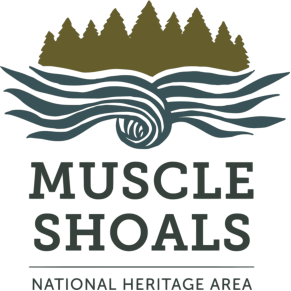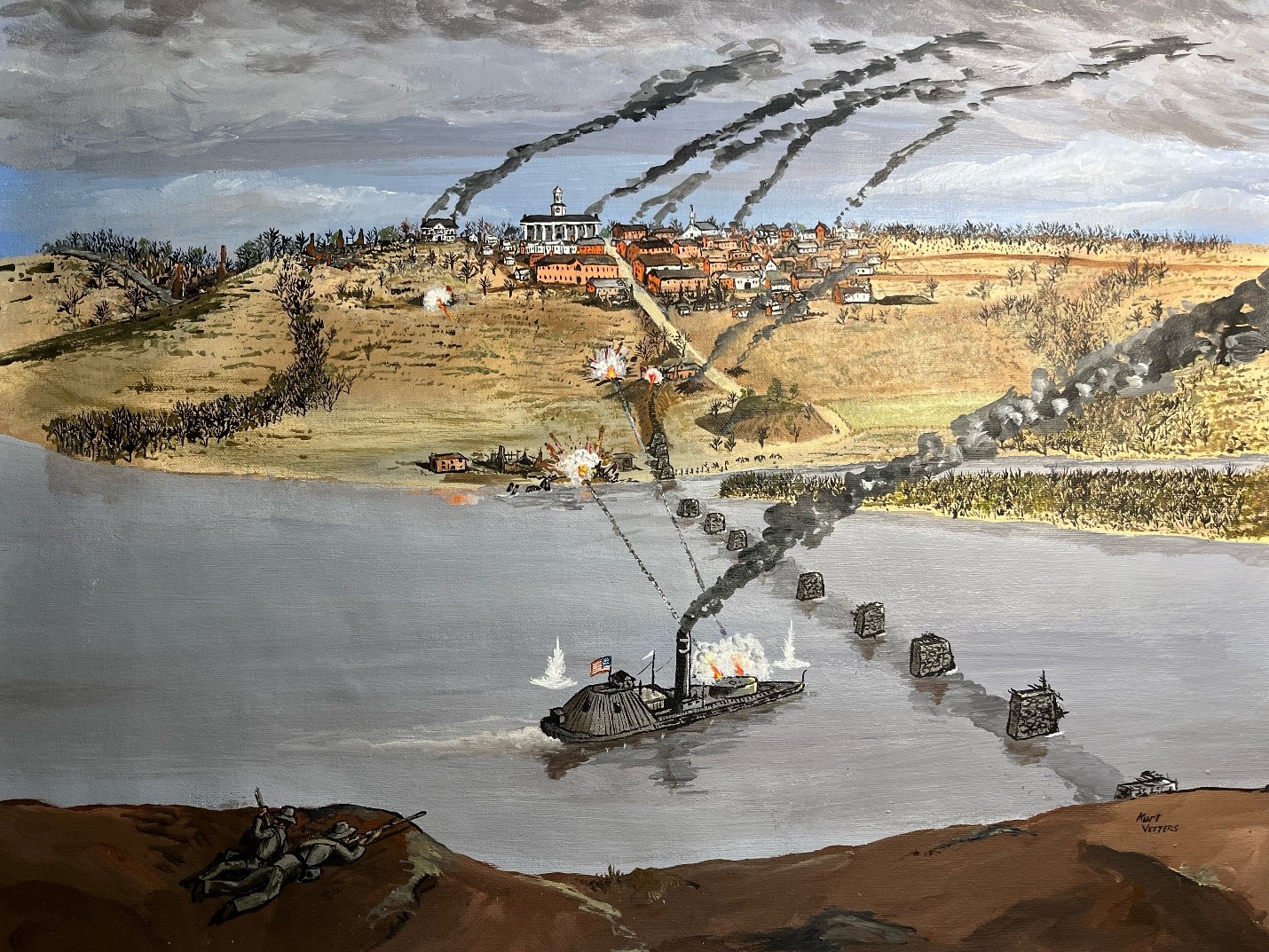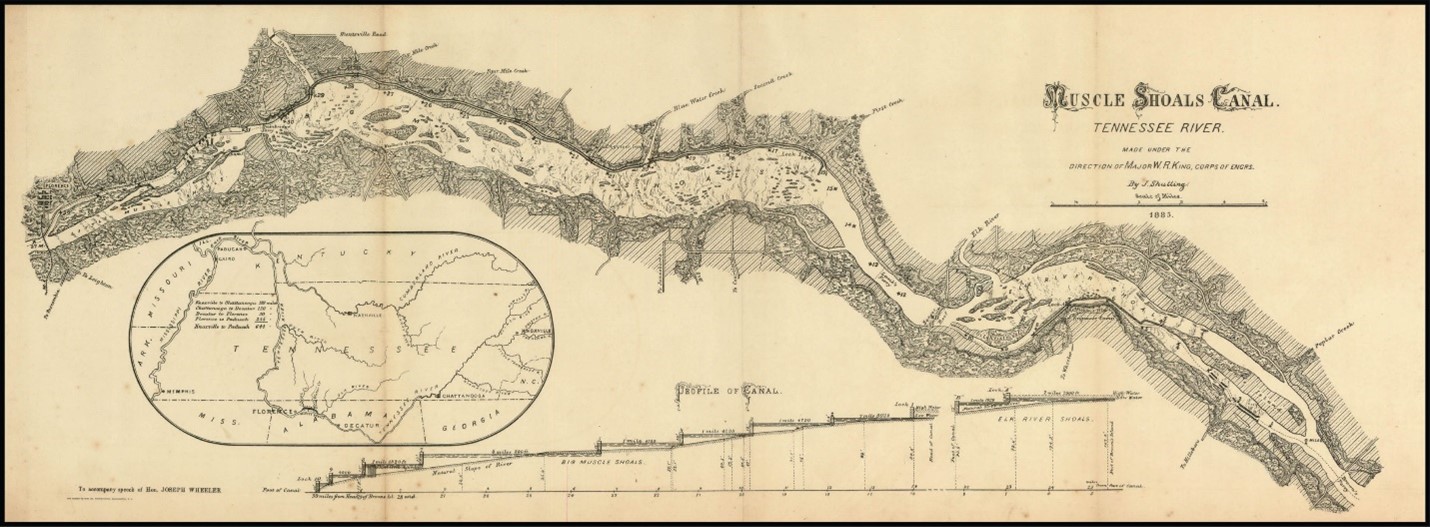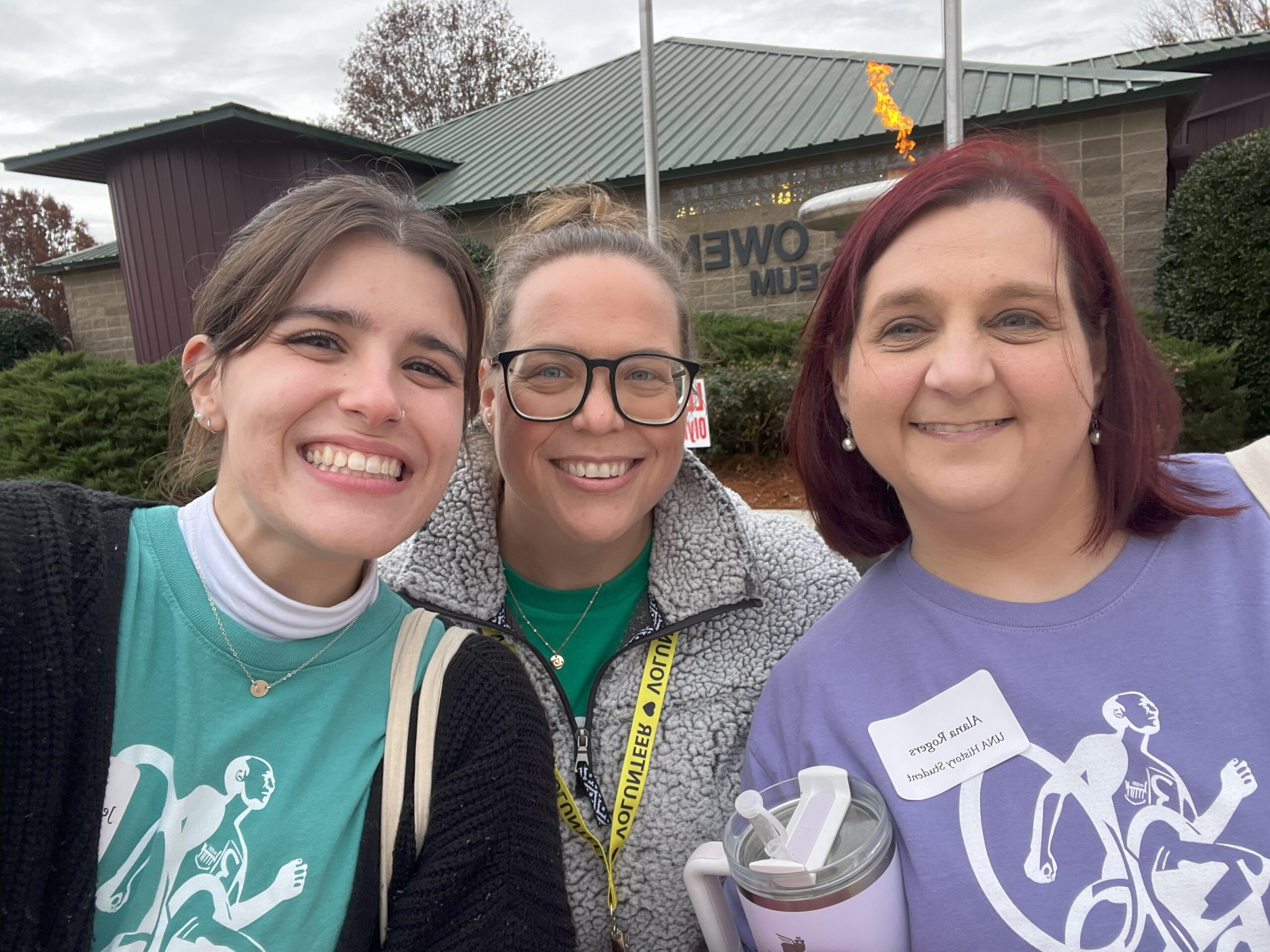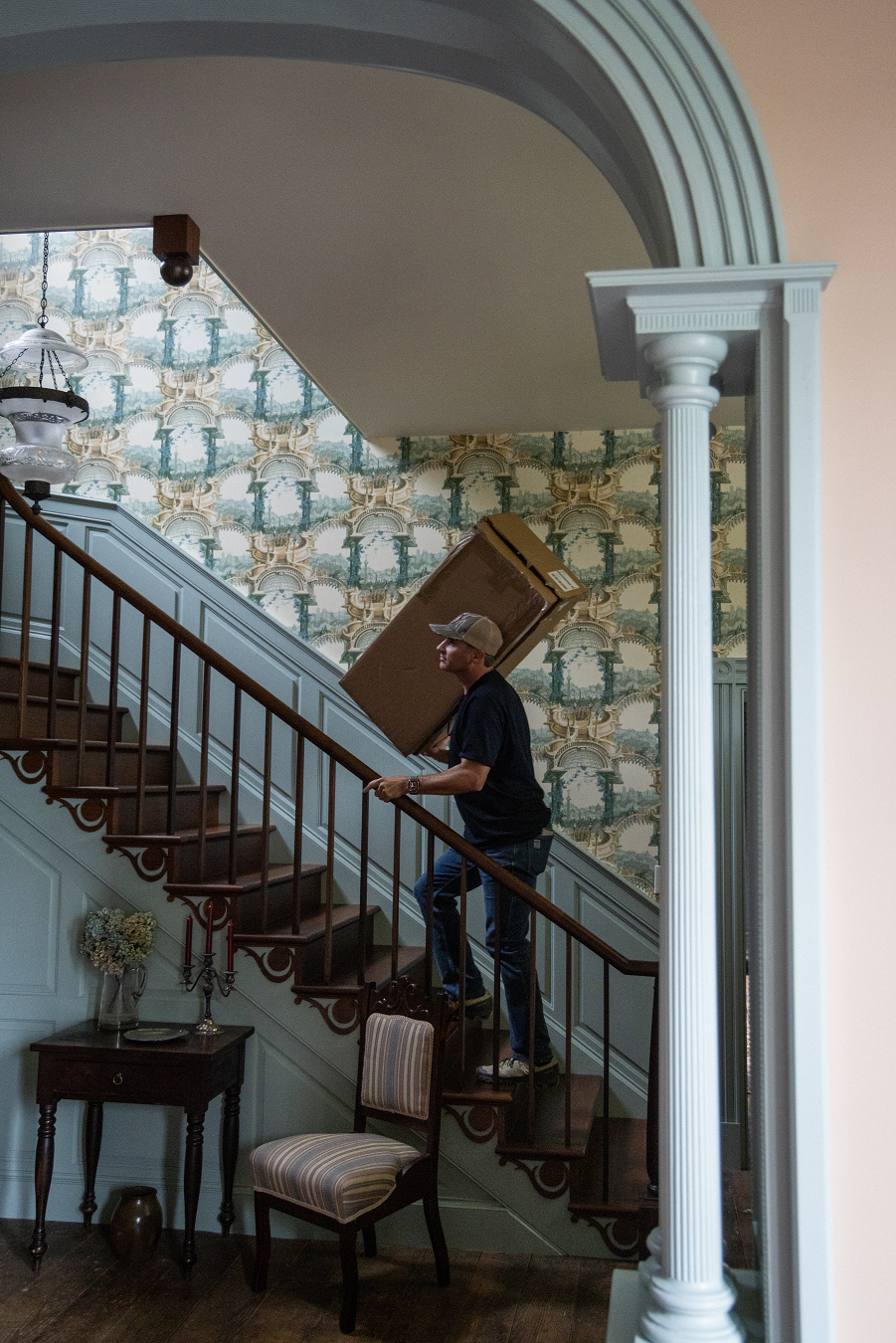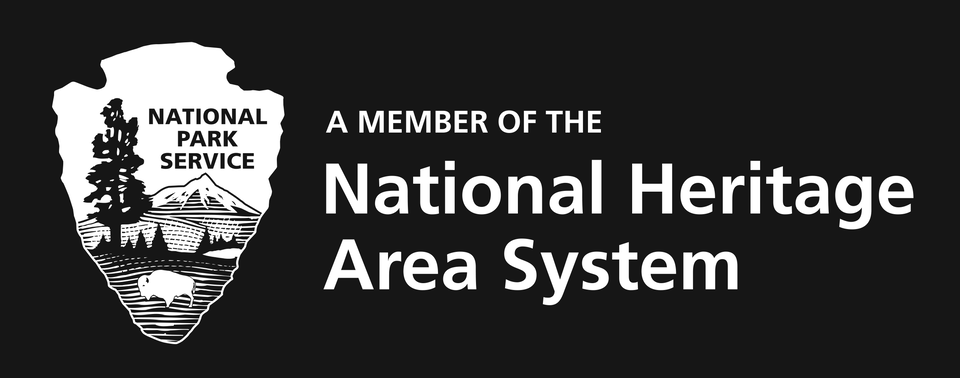By Jessie Todd Johnson
MSNHA graduate assistant
Welcome back to part No. 2 of my look into the Journal of Muscle Shoals History!
In part one I discussed the history of the Tennessee Valley Historical Society, which publishes the journal, and my process of digitizing all 19 volumes. This second installment focuses on an article that caught my attention and is the first of three different
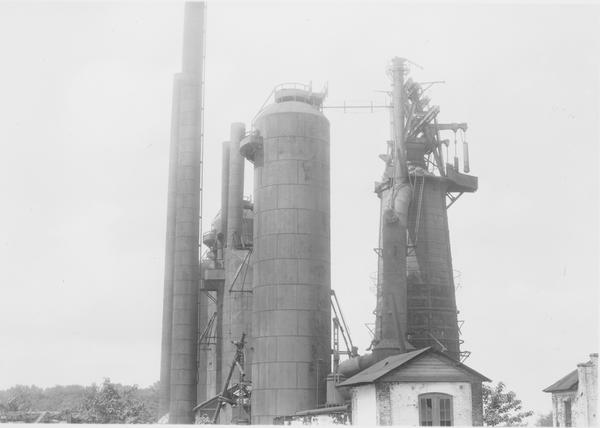
article spotlights. The first article is “The Iron Industry in Sheffield, Alabama” and is located in Volume III. This article interested me because I am from Birmingham, which grew into a city because of the iron industry after the Civil War. I grew up hearing about the impact of pig iron and steel on Birmingham in my history classes and from my family. My grandfather worked at a steel plant in Birmingham, so seeing the evolution of industry not only in central Alabama but also in my new home of northwestern Alabama has created a full-circle moment for me.
Iron production in Alabama dates to the 1840s with the first state geologist, Michael Tuomey, who facilitated the location of iron and limestone ores. After locating these ores, small furnaces popped up and began creating goods to be sold locally. However, if you know your Alabama history, you know that iron production took off rapidly after the Civil War. This expansion is what led to not only Birmingham becoming a major city but also the incorporation of smaller cities such as Sheffield. This “iron boom” led to five furnaces built in Sheffield. While initially these furnaces were owned and operated by local companies, they were soon incorporated into companies with ties to furnaces in Birmingham, as well.
Edmund W. Cole owned one of these companies. In 1886 he was the president of Alabama and Tennessee Coal and Iron Company and announced the building of a blast furnace in Sheffield. The following year that company merged with several other local companies and a railroad company that was tied to Birmingham, making the Sheffield and Birmingham Coal, Iron and Railroad Company. This company had financial issues, as did the resulting companies that purchased it. Eventually all three of their furnaces being dismantled. However, one was purchased by the Sloss Steel and Iron Company, which changed its name to the Sloss-Sheffield Steel and Iron Company and operated the last furnace until 1934.
Enoch Ensley was another local man who entered the pig iron industry in Sheffield. He started in Birmingham but after leasing a furnace from the Sheffield and Birmingham Coal, Iron and Railroad Company in 1889, he purchased it in 1891 and sold his holdings in Birmingham. After Ensley’s death, the Sloss-Sheffield Steel and Iron Company bought his two furnaces and operated them until 1926. If you are interested in learning more about the history of the Sloss-Sheffield Steel and Iron Company, check out its website here.
The history of pig iron in Alabama spans from the state’s antebellum days to pre-World War II and was a major export. Being able to track the state-wide connection is the major reason this article caught my attention. Stay tuned for more!
